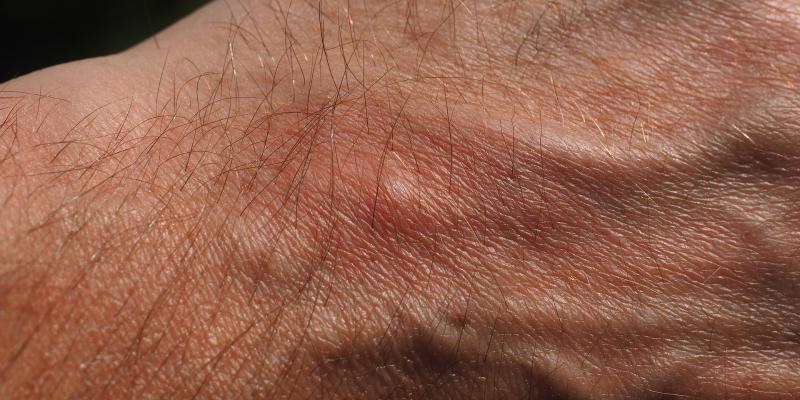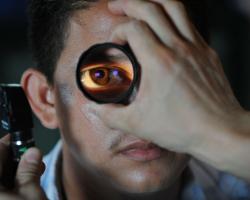They can affect us at any age, although they are far more common in older children and adults. They look harmless but they must be treated. Warts are a very contagious ailment caused by human papilloma virus.
'Virus warts, commonly known as warts, are epidermal lumps resulting from infection with different types of HPV,’ says Beata Kosiorek-Nalewajek, a specialist dermatologist with ENEL-MED Medical Centre.
Types of warts
Depending on the form and location, we distinguish common warts - usually occurring on hands, plantar warts - single or multiple, then called mosaic warts; flat warts – appearing on the face or back of the hands.
As noted by Dr. Kosiorek-Nalewajek, warts may appear as isolated changes(sized from 2 to 10 mm) or small, numerous ones, spreading as a result of self-infection.
“The size, depth, and hardening depend on the location and degree of irritation. The more pressed and irritated ones are hard, painful, with hyperkeratotic (calloused) surface. Flat warts are slightly raised lumps, skin-colored or brownish," explains the dermatologist.
The infection is by HPV intrusion into the epidermis. Dr. Kosiorek-Nalewajek indicates that it occurs most quickly in a place where the epidermis is damaged, for example in cut periungual skin. Warts can spread more easily in people with impaired immunity. Most infections occur in swimming pools and spas or from infected people, then they can be spread by self-infection.
Treatment of warts is always necessary
“Depending on the type of warts and their location, there are many various ways of treatment. We apply pharmacological methods and treatments. There are no antiviral drugs,’ says Dr. Kosiorek-Nalewajek.
In external treatment, we can use varnishes or gels containing exfoliating or cytostatic substances which destroy cells with viruses, they are available in pharmacies (for some of them we will need a prescription). You can also lubricate the skin with ointments containing urea and fruit acids which soften very horny, hard warts.
“Cases refractory to pharmacological treatment are removed surgically (curettage or laser therapy) or freezing (cryotherapy)," the dermatologist explains.
Pharmacies also offer kits containing preparation for freezing at home. The wart should fall off after such treatment.
“Due to the relatively high infectivity, they should be treated and we should prevent the spread of infection,’ emphasizes the dermatologist"
Home ways to get rid of warts
You should not take any drastic attempts to remove warts yourself such as by cutting or scorching. This could cause wound infection and increase the risk of the spread of warts on larger areas of the body.
Application of greater celandine (tetterwort) can be safe home treatment for warts. “According to some patients, it is effective," says the dermatologist.
Herbal preparations for topical skin wash are available in pharmacies and herbal stores. You can also use fresh plants greater celandine is commonly found in Poland) and spread the juice over the wart.









Comments (0)